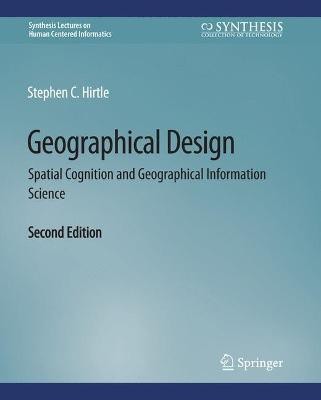Geographical Design(English, Paperback, Hirtle Stephen C)
Quick Overview
Product Price Comparison
With spatial technologies ranging from mapping software to the use of location-based services, spatial knowledge is often acquired and communicated through geographic information technologies. This book describes the interplay between spatial cognition research and use of spatial interfaces. It begins by reviewing what is known about how humans process spatial concepts and then moves on to discuss how interfaces can be improved to take advantage of those capabilities by disambiguating cognitive aspects, conceptual aspects, computational aspects, and communications aspects. Special attention is given to a variety of innovative geographical platforms that provide users with an intuitive understanding and support the further acquisition of spatial knowledge. Alternatives to shortest-path algorithms to explore more scenic routes, as well as individual user differences that can emerge from previous experiences with virtual spaces, are also discussed. The book concludes with a discussion ofthe number of outstanding issues, including the changing nature of maps as the primary spatial interface, concerns about privacy for spatial information, and looks at the future of user-centered spatial information systems.


